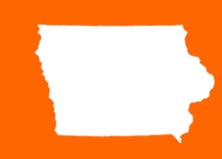

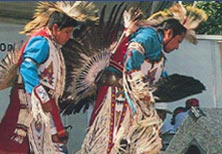
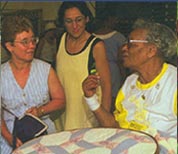
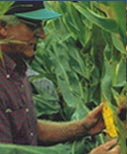

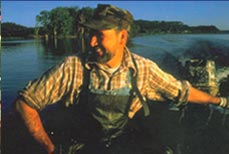
| Resources | ||||||
|
||||||
| Learning Guide |
| 1. Social Studies |
| 2. Language Arts |
| 3. Music |
| 4. Art |
| 5. Special: Multi-Disciplinary, Culminating Activities |
|
|
Using the Learning Guide The learning guide can be used in toto or in part by teachers. It is not intended as a full treatment for each grade for each subject, but rather as a supplement to the current instructional program. Lessons may be used in any order, and some social studies, language arts, music and art lessons can be used for other subjects. The concluding, culminating activities build upon lessons and should not be attempted without first completing them. Suggestions for activities, home and community work, and senior citizen exchanges are only that. No teacher or school will be able to accomplish all of them. Rather, they should be adapted for individual teacher use. Students are encouraged to reach out to members of their communities in completing classroom assignments—to interact with people in senior centers, to interview relatives, to observe local craftspersons and artisans as they work, or to visit places of historical or local significance in their neighborhoods. Likewise, teachers are urged to invite persons with occupational expertise, storytellers, local historians, traditional musicians or dancers, and others into the classroom to enliven and illustrate the lessons presented. The Iowa Folk & Traditional Arts Rosterproduced by the Iowa Arts Council is included in order to help locate traditional artists, craftspersons, musicians, and others to bring into the classroom. |
| | | Next |
 |
[PHOTO COURTESY SMITHSONIAN INSTITUTION] More than 1.2 million people visited the Smithsonian's Festival in 1996. |
| smithsonian institution |
 |
pioneer hi-bred international, inc. |
iowa sesquicentennial commission |
 |
iowa arts council |